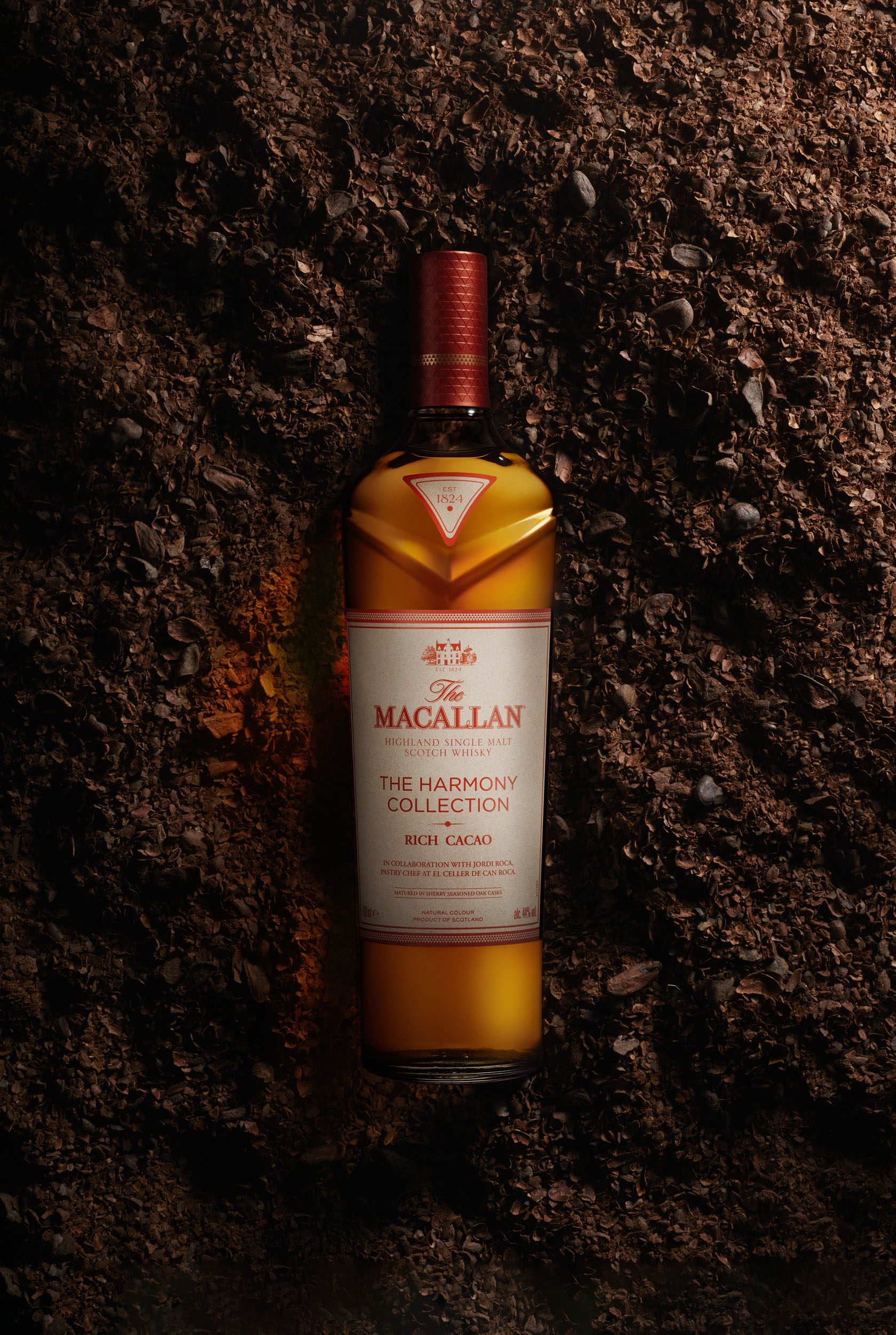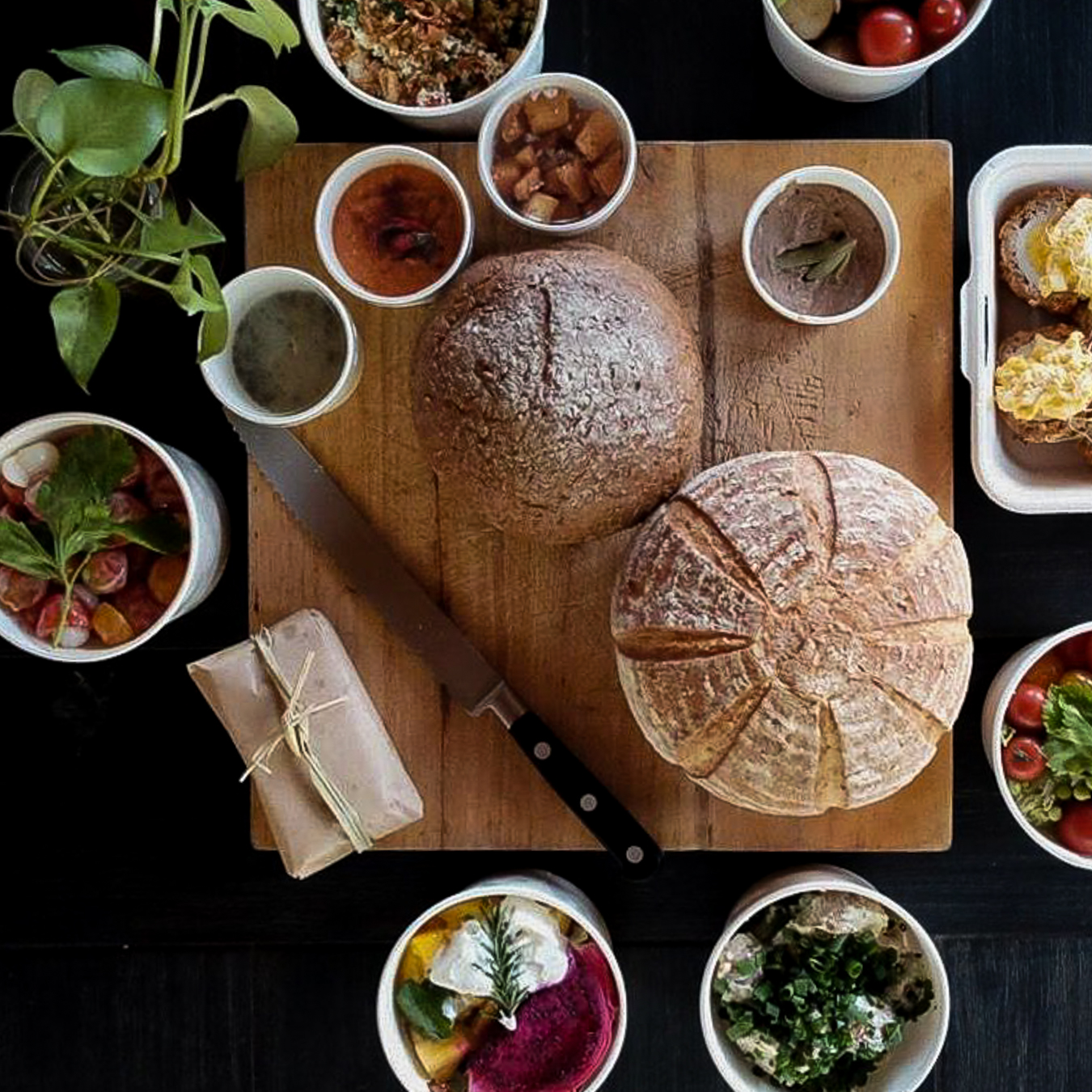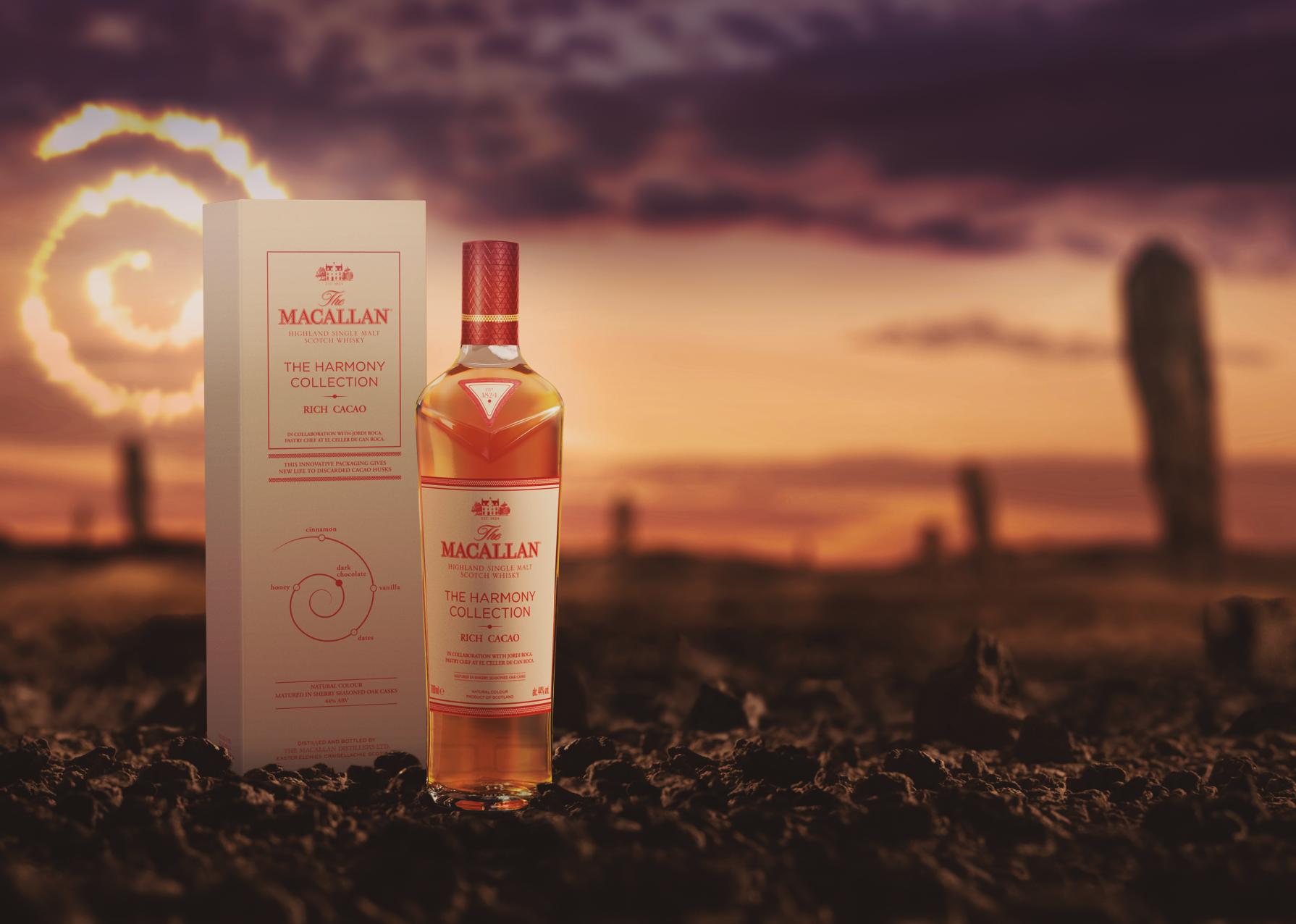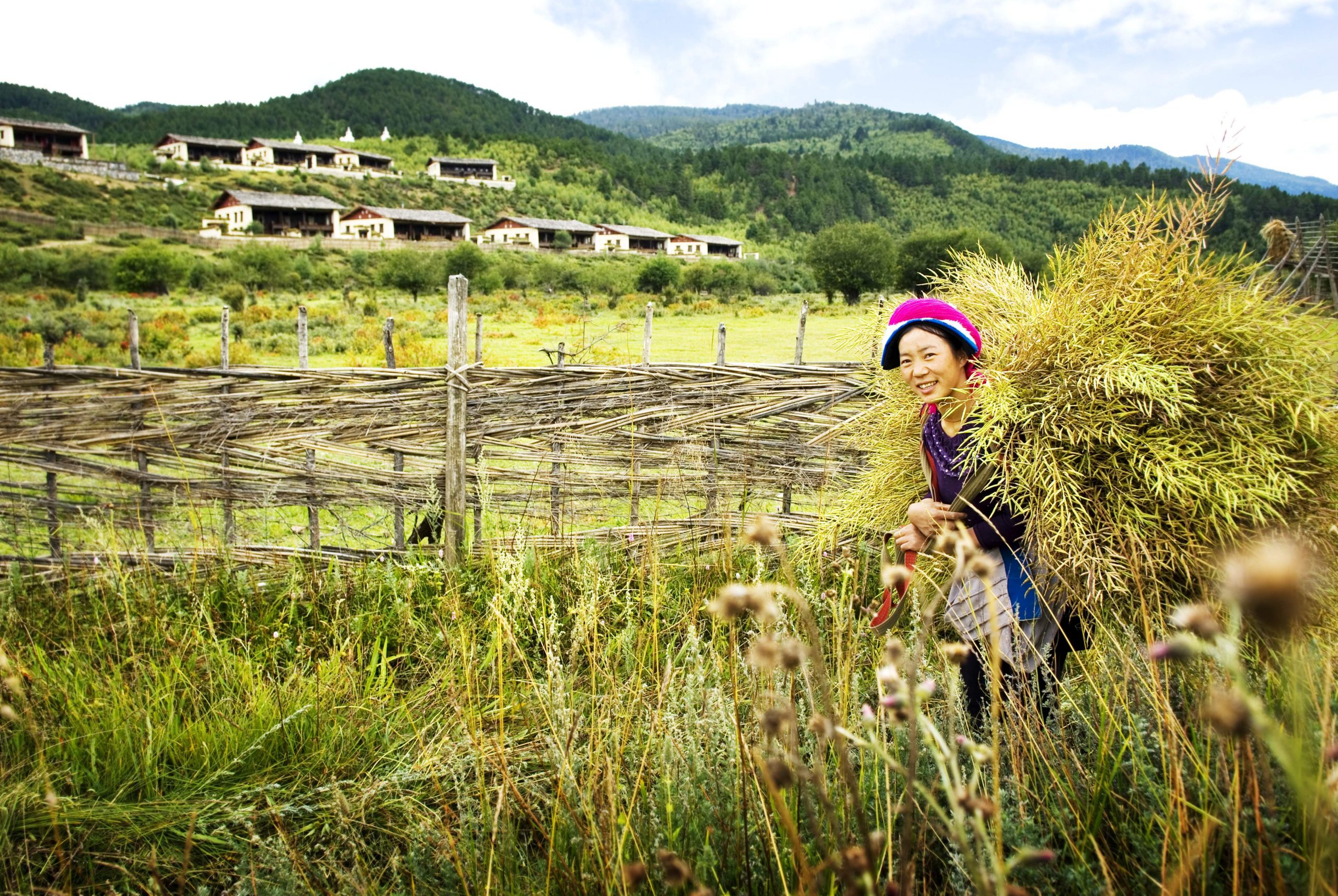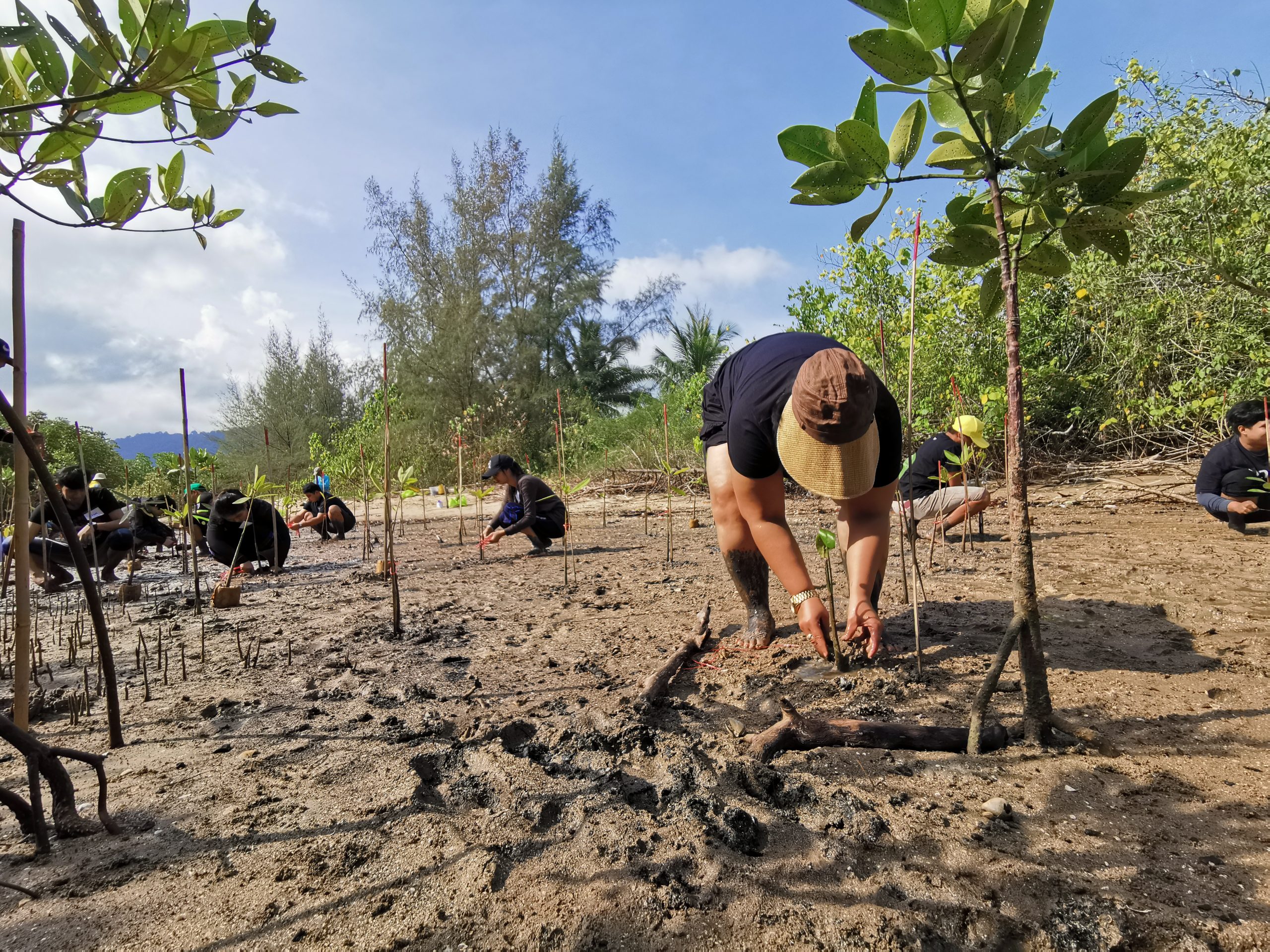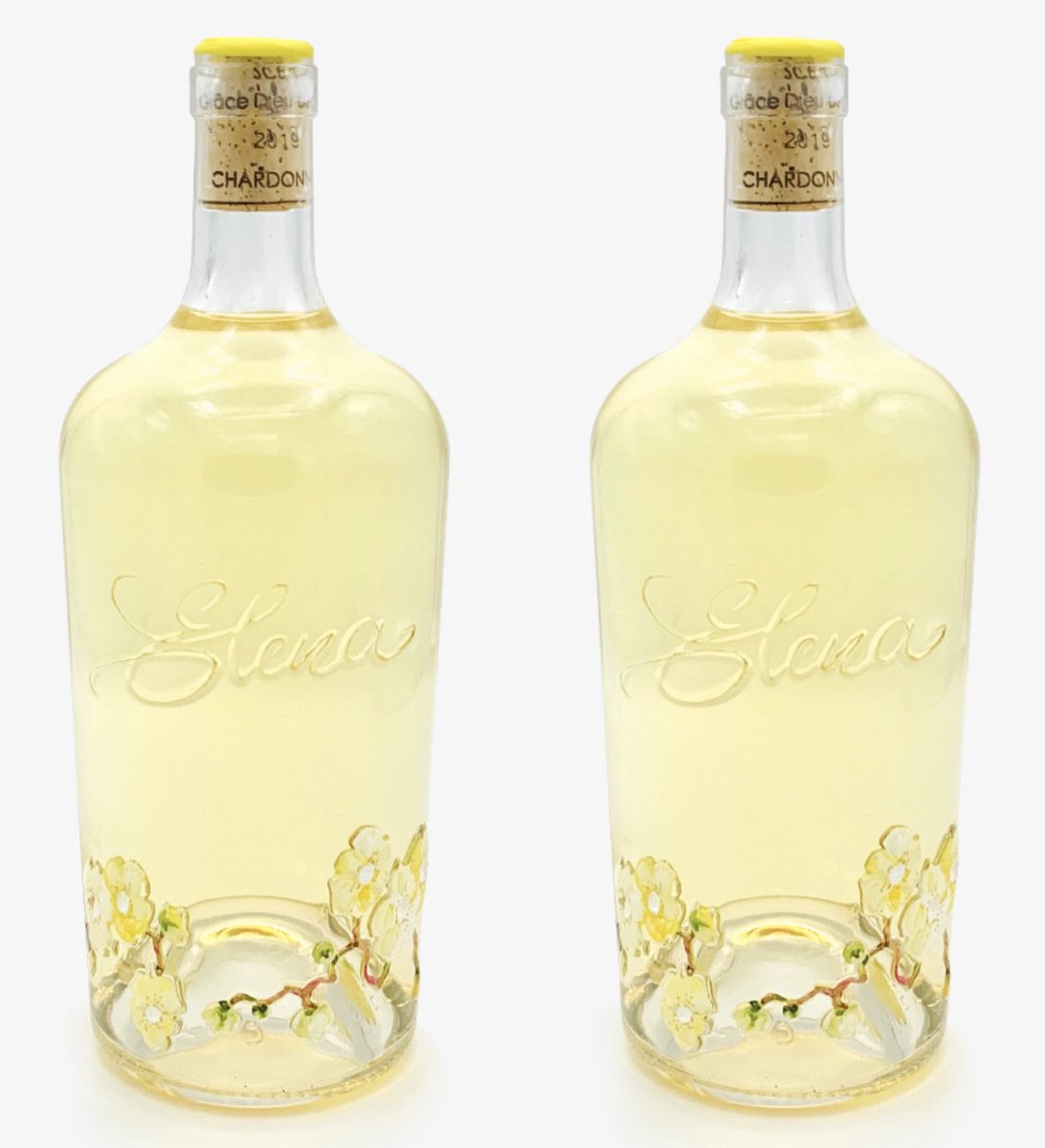Yi Shang: A Dialogue Between 20th Century Chinese Art and Fashion (Shanghai)
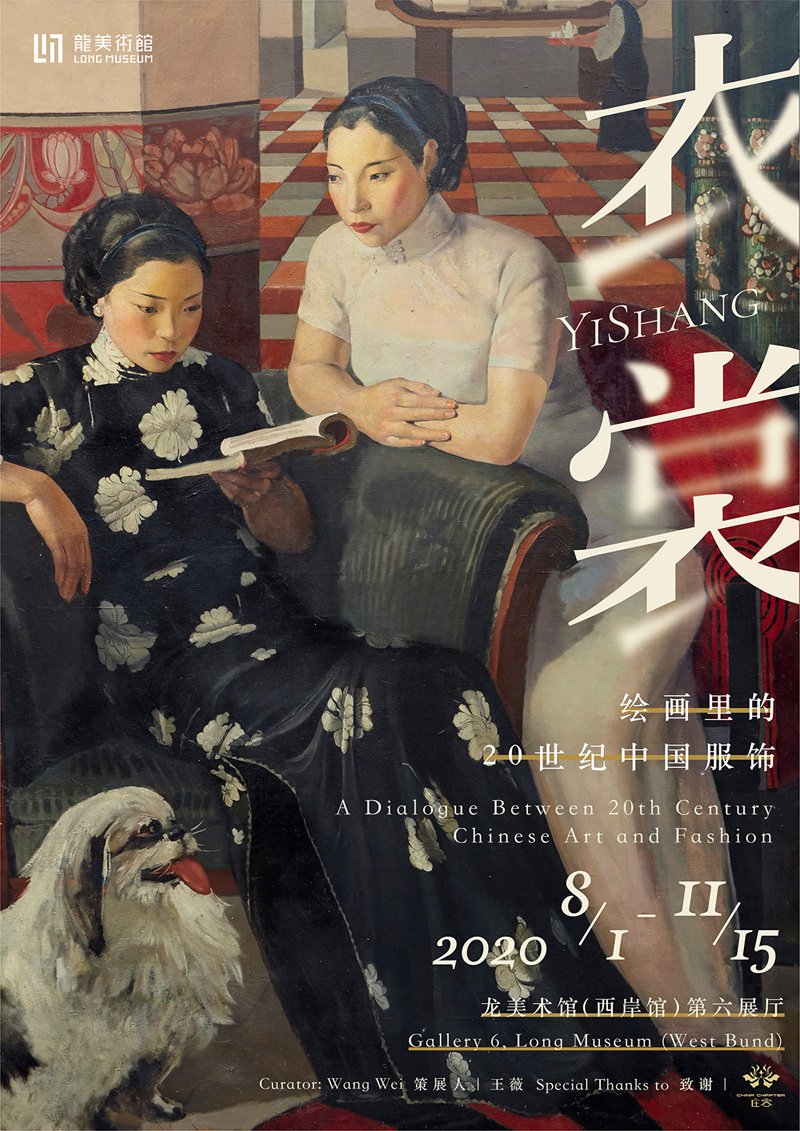
Long Museum (West Bund) presents the new exhibition Yi Shang: A Dialogue Between 20th Century Chinese Art and Fashion from August 1st to November 15th, 2020.
Fashion is the overt and enduring conduit of all art forms; clothes could be sculptures made of fabrics. Fashion reflects the influence of ideologies on the human psyche and tells the story of a society and its culture. Clothes could be personal utensils, carrying the memory of its owner.
This exhibition consists of four parts: Chinese Tradition and Renewal, Western Influence and Qipao, Formality and Simple Style, and Opening-up and Integration. Through more than 40 paintings juxtaposed with period qipaos, Chinese ceramics, photographs, and other historical archives, this exhibition presents a revealing look at the role of fashion in 20th-century Chinese art and culture, and the exchange between East and West.
Chinese Tradition and Renewal
‘It is incredible that all kinds of styles exist side-by-side, west and east, Han and Manchu.’
— Sep 8th, 1912 Shen Bao (a newspaper published from 30 April 1872 to 27 May 1949 in Shanghai, China.)
In the middle and late 19th century, the beginning of international commerce and the Western Affairs Movement had various influences on the daily life of Chinese people.
At the beginning of the 20th century, the Manchu and Han people became more integrated with each other — the renewal of Chinese fashion reflecting the nation’s multi-ethnic culture is in embryo. While some Manchu elements once prevailed in the Qing dynasty remain, a variety of traditional Chinese costumes are influenced by and coexist with Western fashion.
Western Influence and Qipao
At the beginning of the 20th century, the lifestyle and fashion in China changed drastically under the influence of Western culture. The westernized fashion style became a symbol of pursuing new ideas and culture. The qipao, which appeared in the 1920s, also connotes the idea of gender equality. While the prevalence of western fashion had a great influence on the traditional Chinese clothing industry, the popularity of western lifestyle increased among Chinese people.
Formality and Simple Style
The fashion style is bound to return to simple after any major revolution or war. After the founding of the People’s Republic of China, the whole Chinese society was in a stage of development. The pursuance of diligence prevailed: people were conscientious and thrifty, various industries launched campaigns to economise on the expense and increase production. During that time, the fashion style tended to be simple and modest.
Opening-up and Integration
With the establishment of Reform and Opening-up policies (1978) in China, the national economy continues to develop steadily. People’s standard of living boosts; the transformation of their spiritual outlook precedes the diversity and personalization in fashion. People can choose what to wear freely. Since the late 1970s, the prevalent trend of globalization stimulates the growth of fashion industries. Nowadays, Chinese fashion is a significant part of the international market, retaining the tradition of the Chinese fashion industry, and pursuing better development.
Dates: 1 August – 11 November 2020
Venue: Long Museum West Bund, 3398 Longteng Ave, Xuhui District, Shanghai, China
Price: CNY 60
For more information or ticketing, please visit here or call +86 21 64227636.





